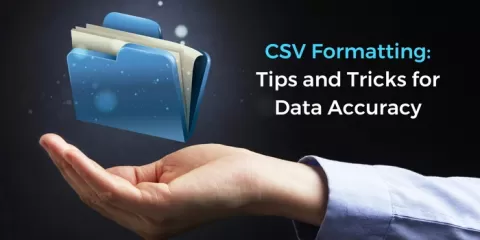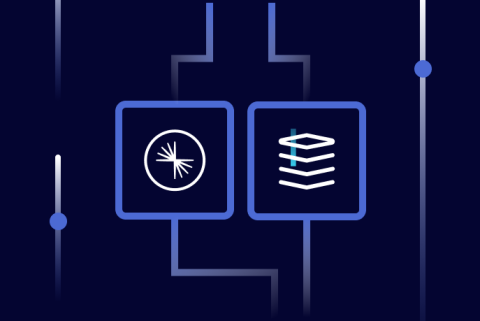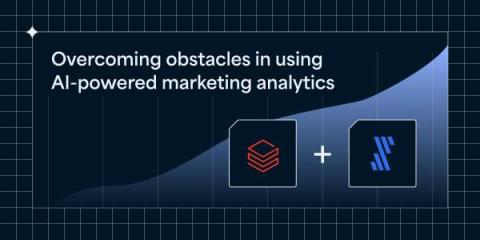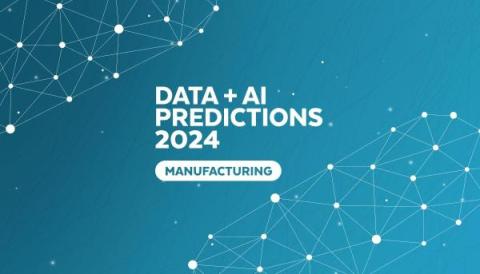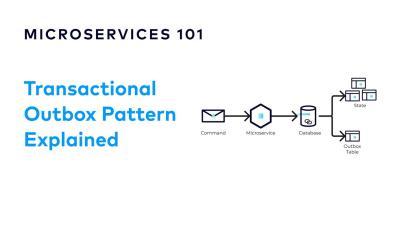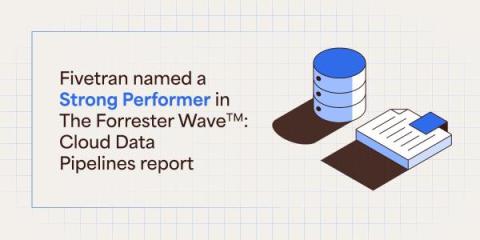CSV Formatting: Tips and Tricks for Data Accuracy
Comma-Separated Values (CSV) files are at the cornerstone of data management. They offer a simplistic yet versatile format to organize and exchange data. CSV files are predominantly used in data analysis, machine learning, and database migrations. Their ability to encapsulate large datasets in a plain-text format makes them instrumental for these use cases.


